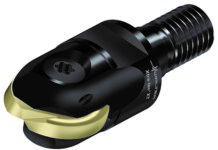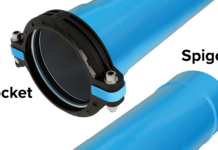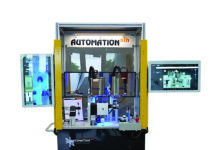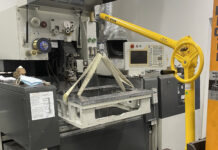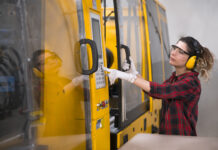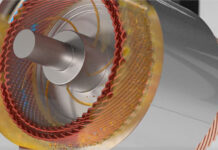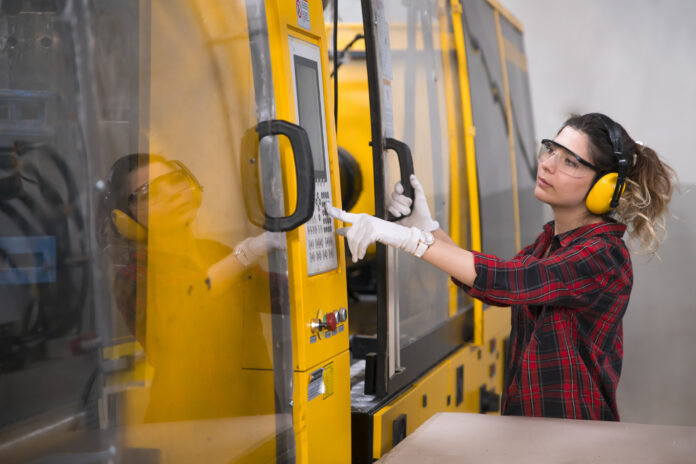In today’s fast-paced industrial landscape, safety remains a critical priority for manufacturers and businesses. Machine guarding—physical barriers and safety devices designed to prevent accidental contact with moving parts—stands as a cornerstone of workplace safety. Its implementation not only ensures compliance with safety regulations but also significantly reduces workplace injuries and downtime, driving productivity and fostering a culture of safety.
The Importance of Machine Guarding
Machine guarding is essential in environments where heavy machinery, high-speed equipment, and hazardous tools are used. According to the Occupational Safety and Health Administration (OSHA), machine-related injuries account for a substantial percentage of workplace accidents. Common incidents include entanglement, crushing, cutting, and even fatal injuries caused by moving parts.
Effective machine guarding mitigates these risks by providing a physical barrier between workers and hazardous components such as blades, gears, and belts. It also prevents debris and materials from being ejected during operation, protecting nearby personnel. Beyond physical safety, well-maintained guarding reduces liability and demonstrates a company’s commitment to employee welfare.
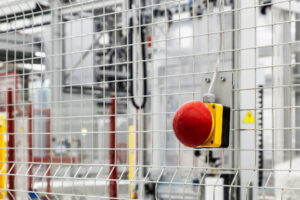 Types of Machine Guards
Types of Machine Guards
There are several types of machine guards, each tailored to specific applications and equipment:
- Fixed Guards: Permanent barriers that provide robust protection against moving parts. Commonly used on conveyors, gears, and cutting tools, these guards are simple, reliable, and cost-effective.
- Interlocked Guards: Equipped with sensors that shut down machinery when the guard is removed or tampered with. This ensures that workers cannot access hazardous areas during operation.
- Adjustable Guards: Flexible solutions designed for machines that require frequent adjustments. These guards can be repositioned to accommodate various tasks without compromising safety.
- Self-Adjusting Guards: Often found on woodworking equipment, these guards adjust automatically based on the size of the material being processed, maintaining a consistent barrier.
Machine Guarding Standards and Compliance
Compliance with safety standards is not optional; it’s a legal requirement. OSHA outlines specific regulations for machine guarding under standard 1910.212, which mandates that moving parts must be shielded to prevent injury. Additional guidelines from organizations such as the American National Standards Institute (ANSI) and the International Organization for Standardization (ISO) provide detailed specifications for guard design and implementation.
Failing to meet these standards can result in significant penalties and, more critically, endanger the lives of workers. Regular audits, inspections, and employee training are essential to ensure compliance and maintain a safe working environment.
Innovations in Machine Guarding
The evolution of technology has introduced innovative solutions in machine guarding, enhancing both functionality and usability. Modern guards now integrate advanced materials, ergonomic designs, and automation for improved efficiency and worker convenience.
- Smart Guarding Systems: Equipped with sensors and IoT capabilities, these systems monitor machinery in real time, providing alerts for potential hazards and maintenance needs.
- Transparent Guards: Made from durable, shatter-resistant materials like polycarbonate, these guards allow operators to visually monitor machine operations without compromising safety.
- Ergonomic Designs: Guards are increasingly designed with user comfort in mind, reducing physical strain during operation and maintenance.
 Benefits Beyond Safety
Benefits Beyond Safety
While the primary purpose of machine guarding is to protect workers, its benefits extend far beyond safety. By minimizing accidents and downtime, guarding systems contribute to increased productivity and cost savings. Efficiently guarded machines experience less wear and tear, reducing maintenance needs and extending equipment lifespan.
Moreover, a strong safety record enhances a company’s reputation, attracting skilled workers and fostering trust among clients and stakeholders. Investing in high-quality guarding systems is not just a regulatory necessity; it’s a strategic business decision.
Implementing Effective Machine Guarding
Implementing an effective machine guarding program requires a comprehensive approach:
- Hazard Assessment: Identify potential hazards associated with machinery and prioritize areas requiring immediate attention.
- Guard Selection: Choose appropriate guarding solutions based on machine type, operational requirements, and worker interaction.
- Training and Awareness: Educate employees on the importance of machine guarding, proper usage, and reporting procedures for damaged or missing guards.
- Regular Maintenance: Inspect and maintain guards regularly to ensure they remain functional and compliant with safety standards.
- Continuous Improvement: Stay updated on technological advancements and regulatory changes to enhance your guarding systems over time.
Conclusion
Machine guarding is an indispensable element of workplace safety, protecting workers from harm while boosting operational efficiency. As industries continue to adopt advanced technologies, the integration of innovative guarding solutions ensures that safety standards evolve alongside progress. By prioritizing safety through effective machine guarding, businesses can create secure, productive environments where employees thrive.

